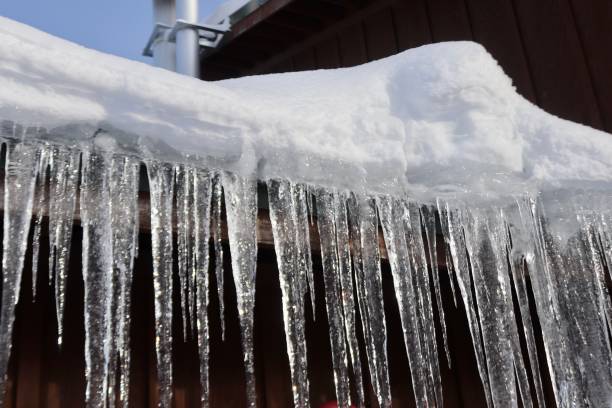Preventing Frozen Plumbing in Winter: Expert Tips
Preventing Frozen Plumbing in Winter: Expert Tips
Blog Article
Presented here below you will discover additional great points about Prevent Frozen Pipes .

Winter can wreak havoc on your plumbing, specifically by freezing pipes. Here's how to avoid it from taking place and what to do if it does.
Introduction
As temperature levels decrease, the threat of frozen pipelines rises, potentially leading to expensive repair work and water damages. Comprehending just how to avoid icy pipes is essential for property owners in chilly environments.
Avoidance Tips
Shielding susceptible pipes
Cover pipelines in insulation sleeves or use warm tape to protect them from freezing temperature levels. Concentrate on pipelines in unheated or external locations of the home.
Heating techniques
Keep indoor rooms effectively warmed, especially areas with pipes. Open cabinet doors to allow warm air to circulate around pipes under sinks.
How to determine frozen pipelines
Look for lowered water flow from taps, unusual smells or noises from pipes, and visible frost on subjected pipes.
Long-Term Solutions
Architectural changes
Consider rerouting pipelines away from outside walls or unheated locations. Include added insulation to attics, basements, and crawl spaces.
Updating insulation
Invest in top quality insulation for pipes, attics, and walls. Appropriate insulation aids maintain constant temperatures and reduces the risk of icy pipes.
Securing Exterior Plumbing
Yard tubes and exterior taps
Detach and drain garden pipes prior to winter season. Install frost-proof faucets or cover outdoor taps with insulated caps.
Comprehending Frozen Pipelines
What causes pipes to ice up?
Pipes ice up when revealed to temperatures below 32 ° F (0 ° C) for extended durations. As water inside the pipes ices up, it increases, putting pressure on the pipeline walls and possibly creating them to rupture.
Dangers and problems
Icy pipes can lead to water disruptions, property damages, and pricey repairs. Ruptured pipes can flood homes and cause extensive architectural damages.
Indicators of Frozen Pipes
Recognizing icy pipelines early can prevent them from breaking.
What to Do If Your Pipelines Freeze
Immediate activities to take
If you suspect frozen pipes, keep faucets open to eliminate stress as the ice thaws. Use a hairdryer or towels soaked in warm water to thaw pipelines slowly.
Verdict
Avoiding icy pipelines requires proactive measures and quick responses. By comprehending the causes, signs, and preventive measures, house owners can shield their pipes during winter.
5 Ways to Prevent Frozen Pipes
Drain Outdoor Faucets and Disconnect Hoses
First, close the shut-off valve that controls the flow of water in the pipe to your outdoor faucet. Then, head outside to disconnect and drain your hose and open the outdoor faucet to allow the water to completely drain out of the line. Turn off the faucet when done. Finally, head back to the shut-off valve and drain the remaining water inside the pipe into a bucket or container. Additionally, if you have a home irrigation system, you should consider hiring an expert to clear the system of water each year.
Insulate Pipes
One of the best and most cost-effective methods for preventing frozen water pipes is to wrap your pipes with insulation. This is especially important for areas in your home that aren’t exposed to heat, such as an attic. We suggest using foam sleeves, which can typically be found at your local hardware store.
Keep Heat Running at 65
Your pipes are located inside your walls, and the temperature there is much colder than the rest of the house. To prevent your pipes from freezing, The Insurance Information Institute suggests that you keep your home heated to at least 65 degrees, even when traveling. You may want to invest in smart devices that can keep an eye on the temperature in your home while you’re away.
Leave Water Dripping
Moving water — even a small trickle — can prevent ice from forming inside your pipes. When freezing temps are imminent, start a drip of water from all faucets that serve exposed pipes. Leaving a few faucets running will also help relieve pressure inside the pipes and help prevent a rupture if the water inside freezes.
Open Cupboard Doors
Warm your kitchen and bathroom pipes by opening cupboards and vanities. You should also leave your interior doors ajar to help warm air circulate evenly throughout your home.

As a keen reader about How to Prevent Your Pipes From Freezing, I assumed sharing that article post was a great idea. If you enjoyed reading our blog entry please be sure to share it. Thank you so much for your time spent reading it.
Schedule Free Estimate Report this page